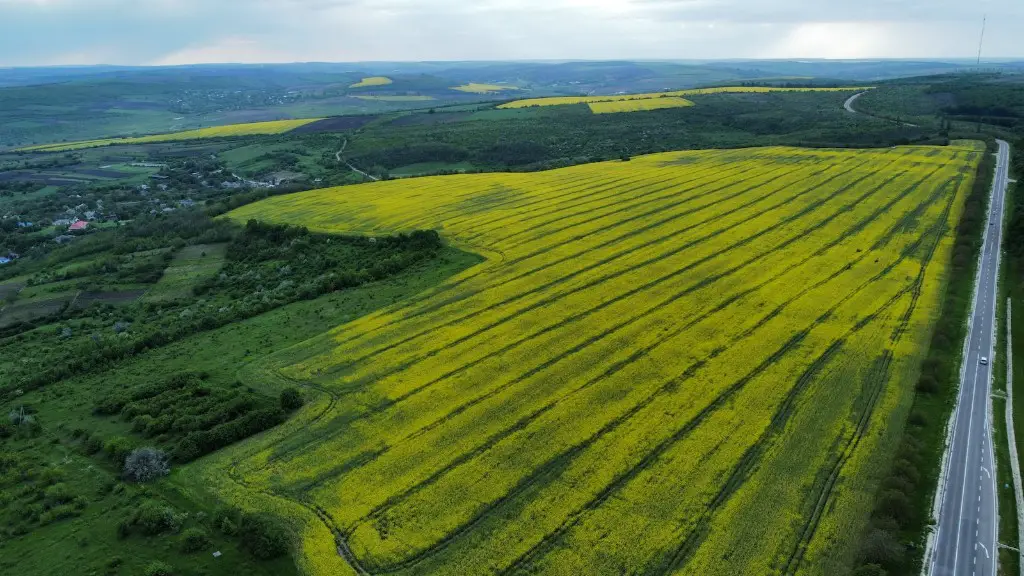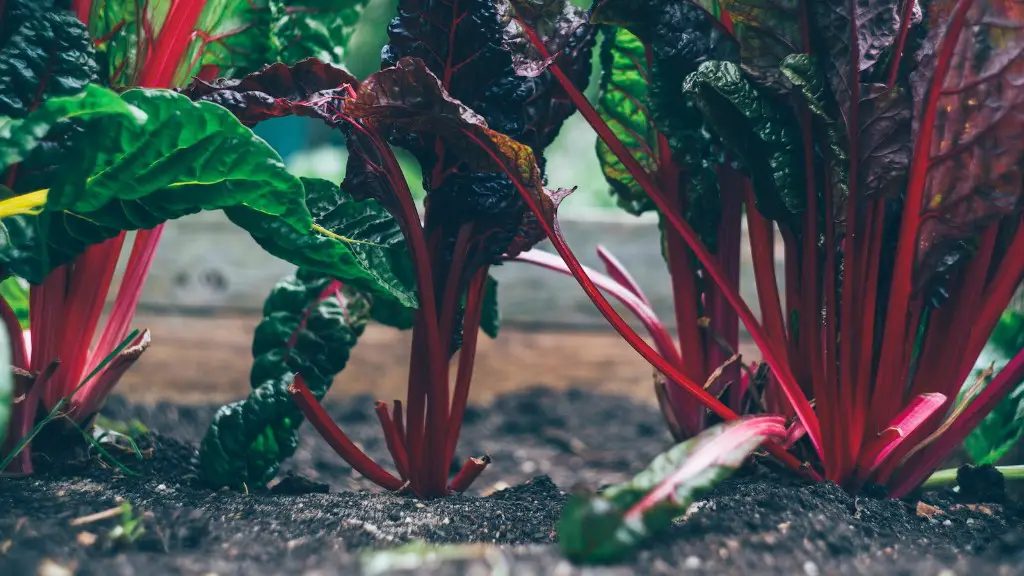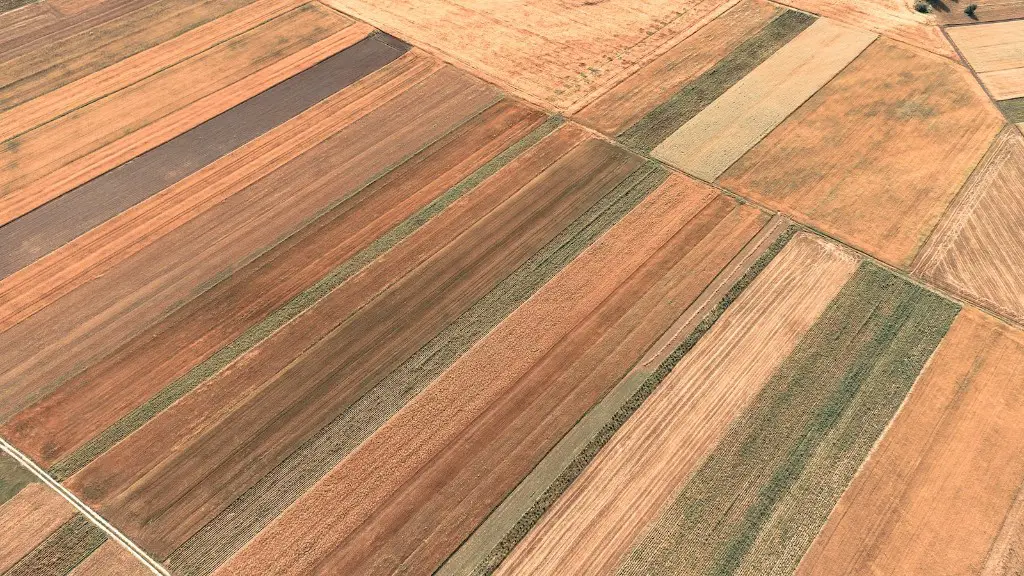The debate about whether horticulture is a type of agriculture has been around for some time. However, it is only recently that scientists and environmentalists have started to take the question seriously. The distinction between horticulture and agriculture is not always clear, but certain key differences can be highlighted and discussed. Horticulture, in its broadest sense, encompasses the cultivation and tending of plants and includes activities such as flower gardening, fruit and vegetable growing, landscape design, and forestry. Horticulture, however, is not usually seen as part of the agricultural industry, despite that fact that some crops are grown and produced for agricultural use. Horticulturists are typically focused on cultivating plants for aesthetic purposes or for personal use, while farmers and ranchers focus their attention on growing crops and raising livestock with the intent of supplying food on a large scale.
In contrast to traditional farming activities, horticulture also involves intensive care, specifically aimed at maximizing both the plant’s yield and quality. Horticulturists employ advanced techniques like irrigation, artificial lighting, nesting, trellising and support systems to enable them to produce higher quality fruits, vegetables, trees, shrubs, and flowers. Additionally, horticulturists often use specialized fertilizers, pest control, crop rotation and other methods of maintaining and improving soil fertility in order to produce more robust and healthy plants.
It is often argued that horticulture is an agricultural activity, as it involves manipulating the land, soil, and plants for the purpose of producing food or other products. However, horticulture does not require large-scale production and does not necessarily involve selling products for a profit. Horticulture is more akin to a hobby or passion, with the end goal being to achieve a finely manicured, aesthetically pleasing garden or forest. Thus, while horticulture is related to agriculture in the sense that both activities involve growing plants, horticulture is not the same as agriculture and should not be viewed as such.
Horticulture is also distinct from traditional agriculture in terms of the type of focus it takes. While agricultural practices involve heavy emphasis on the economic aspects of plant production for food, horticulture places a greater emphasis on the botanical and aesthetic aspects of plant production. Horticulturists spend their time observing and cataloging the behavior and requirements of the plants they are cultivating, as well as researching and experimenting with new methods of propagating, tending, and harvesting them.
While horticulture is not part of the agricultural industry, it certainly provides its own set of benefits. Horticulture can have a positive impact on the environment, as many plants grown through horticultural methods tend to be resilient in challenging environmental conditions, such as humidity and temperature fluctuations. Horticulture is also beneficial to the local community, as gardens, green spaces, and parks are great sources of natural beauty and attract tourism, which brings in new sources of income for the local economy.
Organic Growing
Organic growing is a form of horticulture that avoids the use of chemical fertilizers, pesticides, and other such compounds. Organic growing has become increasingly popular in recent years, as consumer awareness about the dangers of chemical products has risen. Organic growing requires careful cultivation and maintenance, as well as advanced pest control methods. Additionally, organic growing often requires more labor than traditional farming, as crops must be harvested, pruned, and monitored manually, to prevent possible infestations, thus adding to the overall labor costs. Organic growing is a type of horticulture that has a great potential to be sustainable, as it employs techniques that do not harm the environment or reduce the quality of the produce.
Hydroponics
Hydroponics is a form of horticulture that uses nutrient-rich water solutions, instead of soil, to grow plants. This technique is used in many different contexts, such as in greenhouses, urban gardens, and even by some home gardeners. Hydroponics offers a number of advantages, such as the ability to grow food in a more space-efficient manner and the capability to reduce the amount of water and fertilizers used. Additionally, hydroponics can be up to three times more efficient than soil-based horticulture, as it does not require the extensive labor of tilling, weeding, and fertilizing the soil.
Urban Horticulture
Urban horticulture, also known as “urban gardening”, is the practice of growing plants, crops, and landscapes in urban environments. This type of horticulture is becoming increasingly popular, as more city dwellers are recognizing the benefits it brings to their cities and communities. Urban horticulture is a great way to reduce pollution, create green spaces for recreation and relaxation, provide access to fresh, healthy food, improve air quality, and contribute to the overall sustainability of the local environment. Additionally, urban horticulture provides numerous economic benefits, such as increasing property values, creating job opportunities, and boosting tourism to the area.
Aquaponics
Aquaponics is a type of horticulture that integrates both aquatic and land-based farming practices. It is based on the reciprocal relationship of fish, water, and plants and involves the cultivation of both, in a natural and harmonious way. Aquaponics is an efficient, sustainable form of horticulture, as it allows plants and fish to work together to produce food that is both healthy and delicious. Additionally, aquaponics can be used to create a sustainable, self-sustaining system that supports both the plants and the fish, reducing the need for outside inputs of food and water.
Green Roofs
Green roofs are a type of horticulture that focuses on the installation of vegetation on rooftops. Green roofs benefit the environment by absorbing heat from the sun and redirecting it out of the building, thus reducing energy consumption and costs. Additionally, green roofs provide a number of other benefits, such as improved air quality, improved water runoff management, more habitat for local wildlife, and better insulation against the cold. Green roofs are a great example of horticulture being used in a positive way to improve the environment and the sustainability of our cities.
Vertical Farming
Vertical farming is a type of horticulture that utilizes hydroponic and aquaponic systems to grow crops in limited indoor spaces. Vertical farming has become increasingly popular in recent years, as it is an efficient and sustainable way to grow food in densely populated urban areas. Additionally, vertical farming can have many other benefits, such as reducing the amount of land needed to grow food, reducing emissions from food transport, and creating job opportunities in sustainable food production. Vertical farming is a great example of how horticulture can be used to improve the environment and the lives of local people living in cities.


